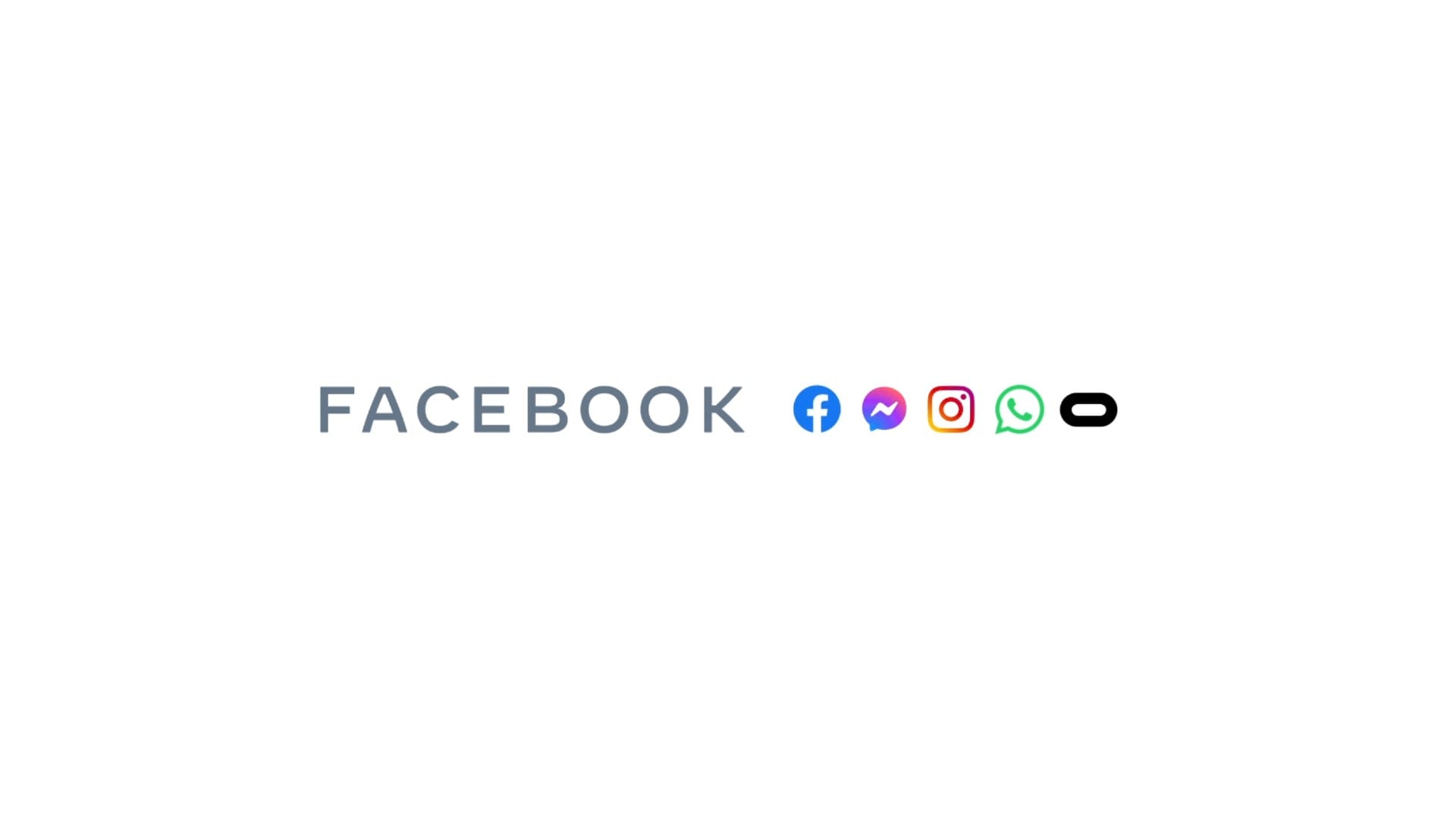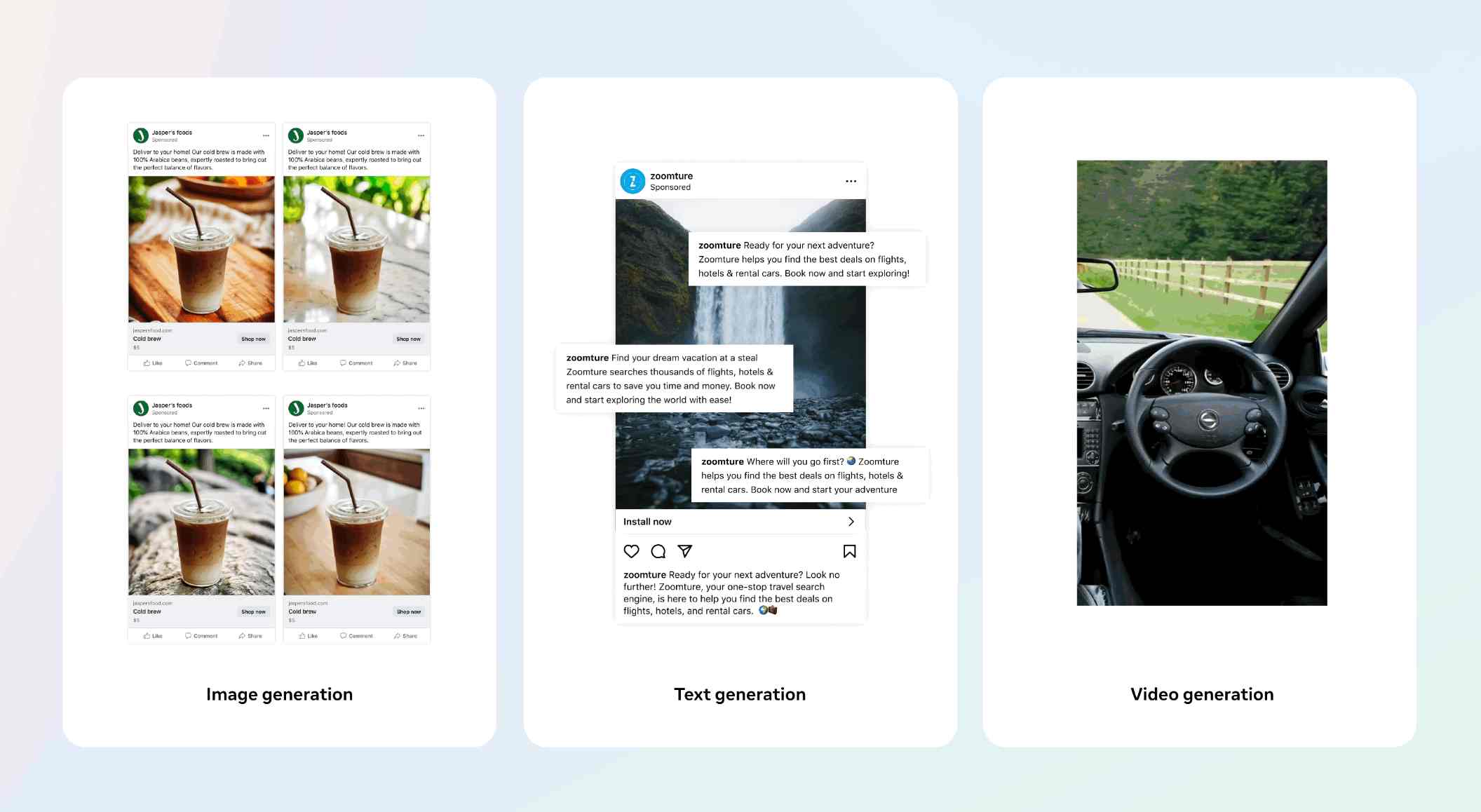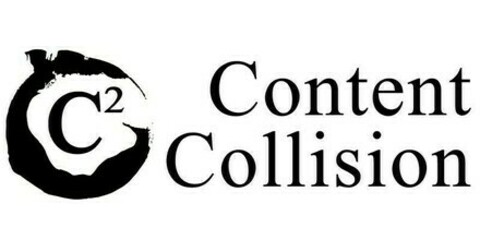AI and video: Meta rolls out new tools for ad creation
Meta's AI tools transform video ads, cutting manual tasks like resizing and adding features like image animation to enhance content creation.

This move comes in response to the rising dominance of video content, with Meta reporting that 60% of user time on both platforms is now spent watching videos.
As video formats like Reels and longer videos gain popularity, Meta's updates are designed to make video ad creation more efficient and effective, even for smaller businesses with limited resources.
Video content: The driving force behind Meta’s updates
Video is becoming the central medium for content consumption across social media platforms. On both Facebook and Instagram, video content now commands the majority of user engagement, with over 60% of total time spent on these platforms being focused on video formats like Reels, live content, and long-form video. Meta’s updates respond to this shift, offering advertisers more tools to leverage video content in their marketing efforts.
Meta has invested heavily in generative AI to streamline ad creation. Over 1 million advertisers have used its generative AI tools, resulting in 15 million ads created in just the past month. Advertisers who utilized these AI-driven tools saw significant improvements in performance, including a 7.6% increase in conversion rates and an 11% boost in click-through rates compared to traditional campaigns without AI enhancements.
Key features of Meta’s new AI tools

Meta’s updates introduce a suite of features that enable advertisers to easily create and adapt video content for Facebook and Instagram. These new tools focus on making the ad creation process more automated while maintaining high levels of engagement and quality.
1. Video Expansion
The video expansion tool allows advertisers to automatically adjust the size of their video content to fit various formats across Meta’s platforms. This feature generates unseen pixels to adjust the aspect ratio of video ads, making them more immersive and better suited for different formats, including Instagram Reels and Facebook video ads.
Before: Advertisers had to manually resize video content to fit different formats like vertical Reels or horizontal videos on Facebook, a time-consuming process that often required producing multiple versions of the same content.
After: With video expansion, AI automatically resizes video content, ensuring it fits different formats seamlessly. This reduces the manual workload for marketers and guarantees that videos appear more native and engaging on Meta’s platforms.
This tool follows the success of Meta’s image expansion feature, which was widely adopted, particularly by small businesses. The ability to expand video ads without compromising quality will likely be popular among businesses looking to create multi-platform campaigns more efficiently.
2. Image Animation
Another major update is the introduction of image animation, which allows advertisers to transform static images into dynamic video ads. This feature is particularly useful for small businesses that may not have the budget or resources to create original video content.
Before: Creating engaging video ads required sourcing or producing video content, which could be costly and time-consuming for many businesses.
After: With image animation, businesses can turn their static images into videos, extending the life of their existing assets and adding motion to their ads without the need for extensive production.
Advertisers have praised this tool for its ability to extend the shelf life of well-performing static ads by turning them into more dynamic and engaging content.
3. Partnership Ads and Creator Content
Meta’s update also includes improvements to partnership ads, which allow brands to collaborate with creators more seamlessly. Businesses can now integrate creator content directly into their collection ads on Reels, with both the brand and creator’s handles appearing together. This integration enables brands to leverage the authenticity and reach of creators to improve their campaign performance.
Before: Running separate ad campaigns for brands and creators required more complex coordination, often leading to fragmented campaigns and inconsistent messaging.
After: The new partnership ads feature allows brands to combine their content with that of creators, simplifying collaboration and making campaigns more authentic and engaging.
This tool also includes options for adding creator testimonials directly into ads, helping brands foster more trust with their audiences.
Meta has seen strong performance from this feature, with tests showing that adding partnership ads to existing campaigns led to a 19% reduction in Cost Per Action (CPA), highlighting the effectiveness of these collaborations.
The broader impact for marketers
These new tools represent Meta’s strategy to support advertisers as they adapt to the growing demand for video content. By automating parts of the creative process and offering more accessible ways to produce video ads, Meta’s generative AI tools can help marketers improve both the efficiency and effectiveness of their campaigns.
- Improved efficiency: Automated resizing and image animation reduce the need for manual production work, allowing advertisers to focus more on strategy and less on execution.
- Cost savings: Smaller businesses can now create high-quality video content without the need for a large production budget, making video ads more accessible.
- Enhanced performance: By integrating AI into their campaigns, advertisers have seen measurable improvements in key metrics like click-through rates and conversions
Looking ahead
As video continues to dominate user engagement on social media, Meta’s new tools signal a clear shift toward video-first marketing strategies. These updates not only make video ad creation more efficient but also open up new opportunities for brands to collaborate with creators and enhance their campaigns through AI-driven tools. With other platforms like LinkedIn also expanding their video capabilities, it’s evident that video will remain a central focus in digital marketing for the foreseeable future.
For marketers, these new tools offer a way to stay ahead of the curve by tapping into the full potential of video advertising while simplifying the creative process. As these features continue to roll out, businesses can expect to see more opportunities for personalization and creative flexibility in their video campaigns.
Content Collision provides performance-based digital PR services and B2B content marketing services for tech startups in APAC and beyond. Book a quick call with our team to learn more.


